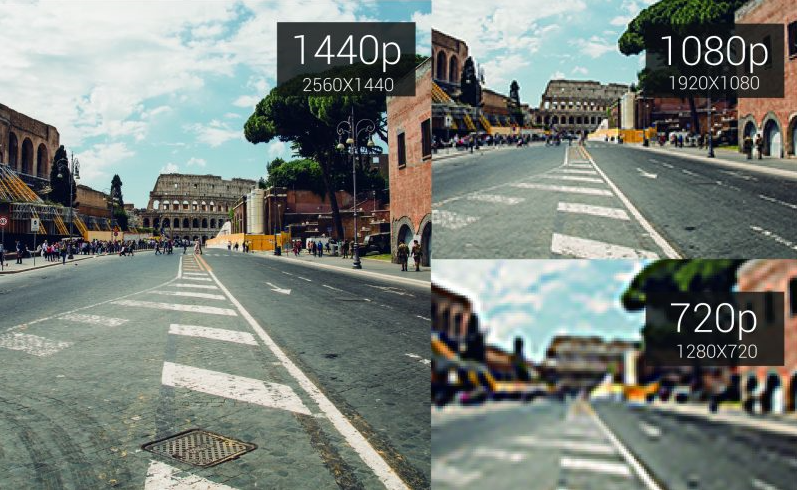The resolution of video surveillance can be a challenging and complex topic. It may seem as if the word ‘resolution’ is self-explanatory, but its use in surveillance is anything but.
Capturing Details
Resolution is defined as the capability to observe and comprehend details. As an example, think of going to the doctors when they test your ability to read an eye chart. Are you able to see that last small line? For a camera it has to take in multiple lines and correctly display a variety of information.
In the past, video surveillance utilized test charts in a similar manner. Line counts measure the resolution of analog cameras, literally how many lines will appear side by side in a given area on a monitor. The theory was that the wider range of lines captured would result in more visible details like license plates, characters and facial features.
Pixel
Typically during the marketing process manufacturers omit any performance measurement in regards to IP cameras. As a result, counting each pixel from an image sensor has now been interpreted as the quality of resolution.
Resolution Limitations
Most often individuals believe that a higher pixel count, similar to the increased line count captured would result in better quality. However, this is not always the case.
Similar to initial measurements of resolution, relying on the total pixel count alone disregards countless lighting conditions and their effects. For example, select cameras with better image processing as well as a low light environment paired with a lower pixel count can result in a better resolution.
Overkill
With the increase of pixel counts we often run into the problem of overusing the actual amount necessary. However, in the past there was a fundamental need for better resolution in surveillance. With the improvements that have been made over the years, users no longer gain any practical benefit from additional pixels once they are able to capture facial and license plate details.
Although the image might appear slightly sharper, the detail quality is fairly the same. For this reason, we always encourage you to take into account your specific environment to determine the correct pixel count to avoid occupying nonessential storage and bandwidth.
Other Factors To Consider
Along with the elements discussed there are a few other components to take into consideration, including the following:
- Compression Level
- Correct Angle or Tilt
- Optic Selection
- Optic Focus
Our goal at RC Security Consulting is to provide our customers with optimal settings throughout all aspects of your applications. Our continued research and partnerships with premium brands allow us to offer better quality every time.


